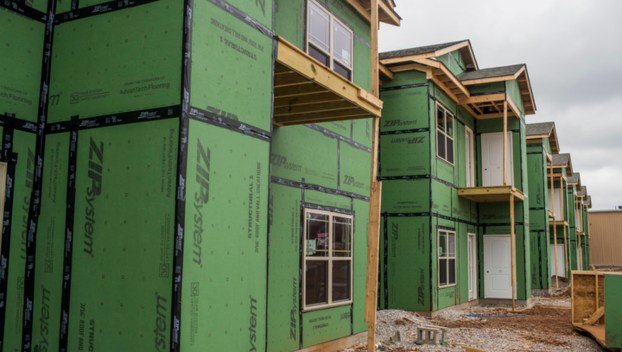
News
Record number of apartments in pipeline
When Jeff McQuade, 65, was looking for a place to retire away from his chilly Michigan home, Bowling ... Read more

When Jeff McQuade, 65, was looking for a place to retire away from his chilly Michigan home, Bowling ... Read more